News
The Big P: The Lack of Full Frontal Male Nudity in Horror
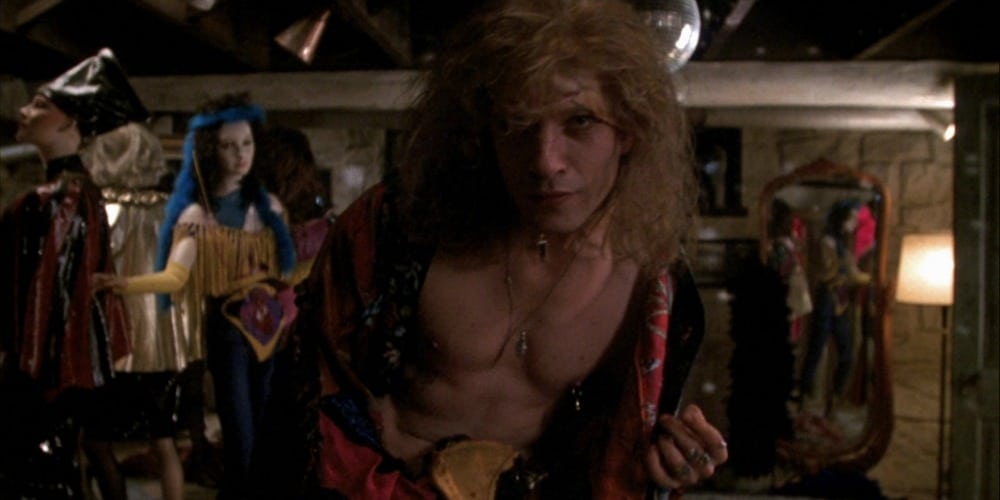
In his 2011 book How to Survive a Horror Movie, Seth Grahame-Smith notes:
“When the Devil has you at claw’s length, you need something shocking. Something dramatic. Something that will make the entire Terrorverse collapse in on itself. And there’s only one object with that much power: A Penis.”
When I first read that line I nearly laughed myself to death, but the next section got me thinking.
“Full frontal male nudity (P) does not exist in the Terrorverse (T),” the author explained. “Therefore, if P is present, T cannot be present. And if T is present, P cannot be present…It may seem like a juvenile response to a desperate situation. A sad attempt to mask fear with immature humor. Maybe it is. But would you rather die with dignity or live with nudity?”
There it was; a keen observation spelled out with humor and hidden in satire.
I have often pondered why full frontal male nudity is such a rarity in film. Even in horror, a genre known for pushing boundaries, female nudity is not only accepted but expected while the appearance of a penis almost never happens.
I wish that I could say it was shocking, but this precedent was set long ago and fostered by an entire industry.
In 1892, Thomas Edison created the first ever motion picture camera. By 1897, the first erotic film After the Ball by George Méliès had made its way to the screen featuring simulated female nudity, and only two years later, the first woman appeared fully nude on screen in Le Coucher de la Mariée.
It had taken just under seven years for women to be on full display in this daring new art form, and while dozens of erotically charged films were made in the following decade, it would be another 12 years before full frontal male nudity in the briefest of glimpses would follow suit in Francesco Bertolini’s terrifying, surreal adaptation of Dante’s Inferno.
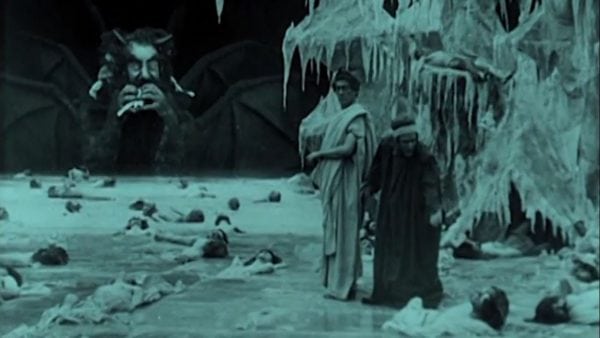
L’Inferno (1911) by Franceso Bertolini was the first film to include full frontal male nudity
As years went by, this disparity continued and the chasm between male and female nudity grew. The Hays Code for film “decency” came and went and by that time, the lines were clearly drawn.
The female form in its entirety was an object to be sexualized and eroticized at every opportunity, while the male form was locked away in obscurity and shadow except to prove his masculinity or in the use of the penis as either a joke or to shock the audience.
To paraphrase Australian comedian Hannah Gadsby, filmmakers had found a new way of creating flesh-vases for their dick-flowers.
Allow me to give you a real-life example.
Last year, I attended a crowded, highly-anticipated screening of Adam Green’s Victor Crowley at Nightmares Film Festival. In the film, Andrew (Parry Shen) was hosting a book signing, engaging in all-too-awkward conversation with fans.
A gorgeous, busty woman stepped up and asked him to sign her breast to the sound of more than a few appreciative whoops and whistles from the audience, which she eagerly shoved into his face. He licked his lips and nearly fell over himself taking his time with that signature.
After a few moments, she finally walks away to be replaced with an older gentleman who proceeded to pull his penis out of his pants, plop it on the desk, and ask for the same treatment.
For about 2.5 seconds, the audience sat in stunned silence before nervous giggles gave way to riotous laughter as Andrew backed away and stammered out a vehement refusal.
There it was. That audience and their reaction became a representative microcosm for horror audiences at large.
I have pondered this and similar reactions for a number of years.
I remember asking a film professor in college why male nudity, especially involving the penis, was so rare in film in general. In reply, he told me that the penis was an outward, inherently sexual organ so where women can be shown, fully nude, without ever including the actual sexual organs, men can not.
This answer partially mollified me as a student, but it only sent me looking for more answers.
It was clear to me that female nudity in film was predominantly about sexualizing those women. Every part of the anatomy has been re-purposed to appease and please the male gaze whether the “organs” are sexual or not.
This is not to say that men are never objectified in film. Certainly, anyone who has ever seen any of David DeCoteau’s gloriously decandent homoerotic films will agree. However, it always seems that more is required of a woman in her objectification.
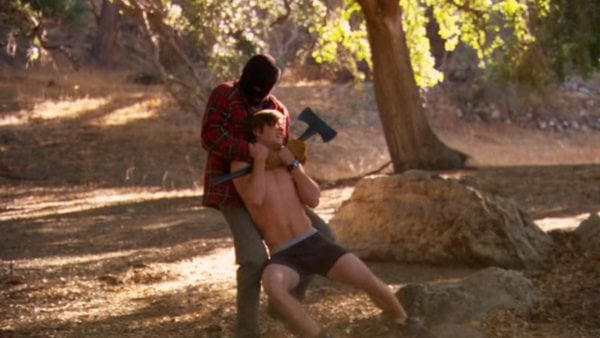
Director David Decoteau has often turned the male gaze to men rather than women placing male actors in situations reserved for women in the genre.
After all, for most men in film, all that’s required is baring their ass for the camera.
Don’t believe me? I’d like you to turn your attention to Brian de Palma’s 1976 classic Carrie, and more specifically that opening scene.
There they are. All of those high school students (whose characters would, for the most part, be underage even if the actresses were not) frolicking in the locker room and more than one fully exposed to the camera.
The soft pink lighting, which I’m almost positive was supposed to convey a dream-like innocence to the entire scene, did little to take away from the fact that a room full of women were completely naked and fully exposed to the cameras. If anything, it only heightened that feeling.
Flash forward to another locker room.
In 1985’s A Nightmare on Elm Street 2: Freddy’s Revenge, Jesse (Mark Patton) found himself trapped in a locker room by Coach Schneider (Marshall Bell). It’s pretty clear that Schneider intended to rape Jesse to anyone who is paying remote attention to what is going on here.
Jesse is tied up, completely at the coach’s mercy or so we think. It’s the coach, however, who, when totally naked, finds himself a victim. Yet, even in that most vulnerable moment in the shower, we only see him heavily shadowed or from behind.
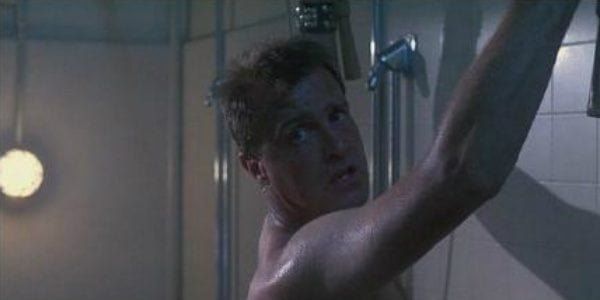
Coach Schneider (Marshall Bell) died a horrible death in the shower in A Nightmare on Elm Street 2: Freddy’s Revenge but even here full frontal male nudity was not required.
This is not to say full frontal male nudity is a complete stranger to genre filmmaking, but when it has happened, especially in the past, it seemed to be filmed through an entirely different lens than female nudity.
The first time I ever saw an actor fully nude for all the world to see was in 1981’s classic Ghost Story based on the novel by Peter Straub when Craig Wasson’s character plummeted to his death. I remember rewinding the VHS copy of the film to make sure that what I thought I saw was actually there.
And who can forget the shocking reveal that Angela had been male the entire time at the end of Sleepaway Camp?
In these instances there is no overt sexuality. Wasson’s penis was simply there as he flailed to his death and Angela’s was meant only to shock the audience. (Honestly, that’s only the beginning of my issues with the final scenes of Sleepaway Camp, but we’ll have to get into that in another article.)
This brings us to another point: a great deal of time when a man goes full frontal, especially in studio films, a prosthetic penis is used in place of the actor’s own member. As a matter of fact, there’s an entire business built around making these specialized prostheses.
Most studio execs, directors, actors, etc. will reassure you that it’s not due to lack of confidence on an actor’s part, but instead because they want a specific “look” for the film.
Seriously?
One has to question, in the face of this knowledge, how many women are offered a body double or really any other option to avoid being naked and fully exposed to a camera crew and later to the world audience?
In more recent years, the big P has begun to appear more often in more “art haus” and stylized horror films.
The demon Paimon was on full display, though again slightly in shadow, in this year’s Hereditary, and no few of his followers, both male and female, followed suit in the film’s final scene.
Likewise, anyone who has seen the recent Nicholas Cage film, Mandy, will be hard-pressed to forget Linus Roache opening his robe to offer Andrea Riseborough’s Mandy the privilege of having sex with him.
This was one of the closest examples I’ve seen to truly sexualized male frontal nudity. For the briefest of moment’s that familiar gaze, so often turned upon women, sees Roache fully.
One has to question if that’s the answer to this inequality, however.
Should men be required to bare all for the camera to balance this scale? Woudn’t it be more prudent to simply require less nudity from actresses in film? Is objectifying anyone okay?
I tend to believe that objectification is rarely justified. I’m not sure that in this case, however, actors don’t owe actresses a solid on this one. Perhaps it’s time for them to step up to the plate and put the P on display.
'Civil War' Review: Is It Worth Watching?
Follow our new YouTube channel "Mysteries and Movies" here.

Movies
’28 Years Later’ Trilogy Taking Shape With Serious Star Power
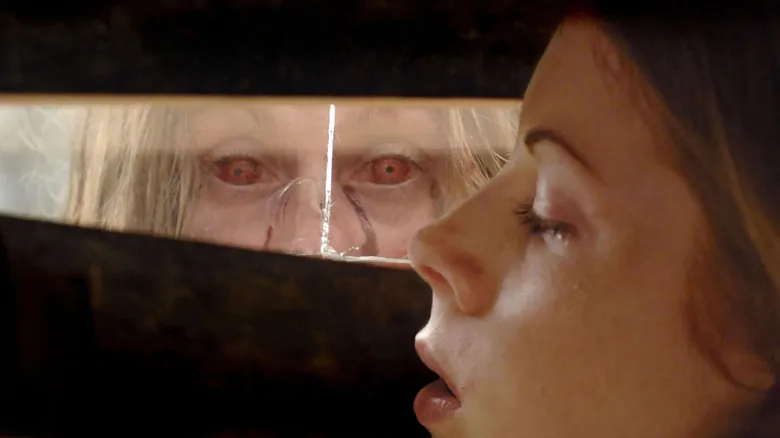
Danny Boyle is revisiting his 28 Days Later universe with three new films. He will direct the first, 28 Years Later, with two more to follow. Deadline is reporting that sources say Jodie Comer, Aaron Taylor-Johnson, and Ralph Fiennes have been cast for the first entry, a sequel to the original. Details are being kept under wraps so we don’t know how or if the first original sequel 28 Weeks Later fits into the project.

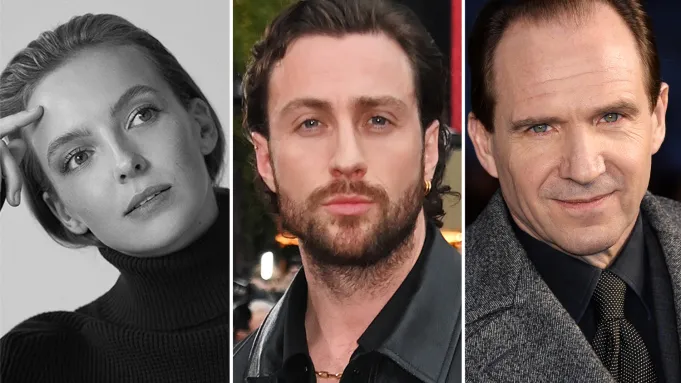
Boyle will direct the first movie but it’s unclear which role he will take on in the subsequent films. What is known is Candyman (2021) director Nia DaCosta is scheduled to direct the second film in this trilogy and that the third will be filmed immediately afterward. Whether DaCosta will direct both is still unclear.
Alex Garland is writing the scripts. Garland is having a successful time at the box office right now. He wrote and directed the current action/thriller Civil War which was just knocked out of the theatrical top spot by Radio Silence’s Abigail.
There is no word yet on when, or where, 28 Years Later will start production.
The original film followed Jim (Cillian Murphy) who wakes from a coma to find that London is currently dealing with a zombie outbreak.
'Civil War' Review: Is It Worth Watching?
Follow our new YouTube channel "Mysteries and Movies" here.
News
Watch ‘The Burning’ At The Location Where It Was Filmed
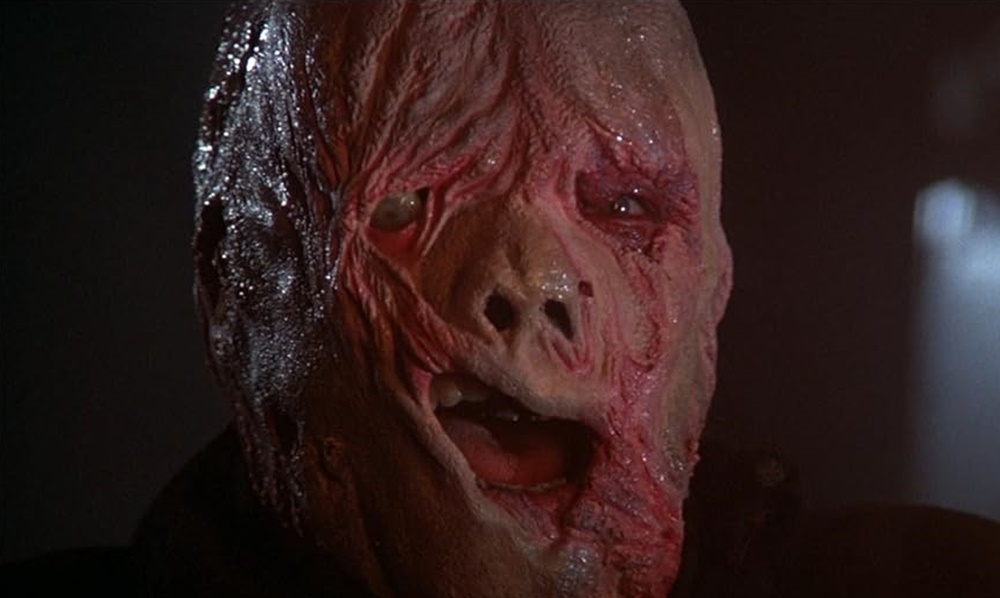
Fangoria is reporting that fans of the 1981 slasher The Burning will be able to have a screening of the film at the location where it was filmed. The movie is set at Camp Blackfoot which is actually the Stonehaven Nature Preserve in Ransomville, New York.
This ticketed event will take place on August 3. Guests will be able to take a tour of the grounds as well as enjoy some campfire snacks along with the screening of The Burning.
The film came out in the early ’80s when teen slashers were being churned out in magnum force. Thanks to Sean S. Cunningham’s Friday the 13th, filmmakers wanted to get in on the low-budget, high-profit movie market and a casket load of these types of films were produced, some better than others.
The Burning is one of the good ones, mostly because of the special effects from Tom Savini who had just come off of his groundbreaking work on Dawn of the Dead and Friday the 13th. He declined to do the sequel because of its illogical premise and instead signed on to do this movie. Also, a young Jason Alexander who would later go on to play George in Seinfeld is a featured player.
Because of its practical gore, The Burning had to be heavily edited before it received an R-rating. The MPAA was under the thumb of protest groups and political bigwigs to censor violent films at the time because slashers were just so graphic and detailed in their gore.
Tickets are $50, and if you want a special t-shirt, that will cost you another $25, You can get all the information by visiting the On Set Cinema webpage.
'Civil War' Review: Is It Worth Watching?
Follow our new YouTube channel "Mysteries and Movies" here.
Movies
‘Longlegs’ Creepy “Part 2” Teaser Appears on Instagram
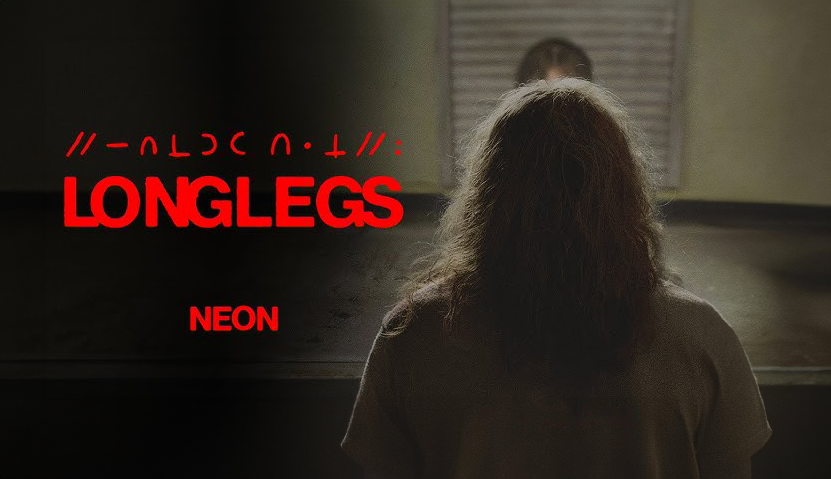
Neon Films released an Insta-teaser for their horror film Longlegs today. Titled Dirty: Part 2, the clip only furthers the mystery of what we are in for when this movie is finally released on July 12.
The official logline is: FBI Agent Lee Harker is assigned to an unsolved serial killer case that takes unexpected turns, revealing evidence of the occult. Harker discovers a personal connection to the killer and must stop him before he strikes again.
Directed by former actor Oz Perkins who also gave us The Blackcoat’s Daughter and Gretel & Hansel, Longlegs is already creating buzz with its moody images and cryptic hints. The film is rated R for bloody violence, and disturbing images.
Longlegs stars Nicolas Cage, Maika Monroe, and Alicia Witt.
'Civil War' Review: Is It Worth Watching?
Follow our new YouTube channel "Mysteries and Movies" here.
-

 News6 days ago
News6 days agoBrad Dourif Says He’s Retiring Except For One Important Role
-

 Strange and Unusual6 days ago
Strange and Unusual6 days agoMan Arrested for Allegedly Taking a Severed Leg From Crash Site And Eating It
-

 Movies7 days ago
Movies7 days agoAnother Creepy Spider Movie Hits Shudder This Month
-

 Editorial6 days ago
Editorial6 days ago7 Great ‘Scream’ Fan Films & Shorts Worth a Watch
-
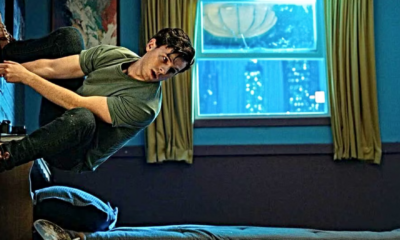
 Movies5 days ago
Movies5 days agoSpider-Man With a Cronenberg Twist in This Fan-Made Short
-

 News4 days ago
News4 days agoOriginal Blair Witch Cast Ask Lionsgate for Retroactive Residuals in Light of New Film
-
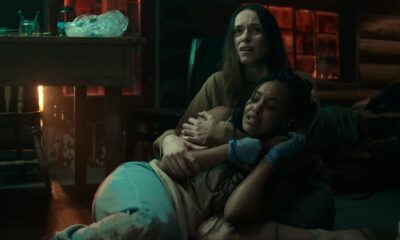
 Movies6 days ago
Movies6 days agoCannabis-Themed Horror Movie ‘Trim Season’ Official Trailer
-

 Movies3 days ago
Movies3 days agoNew F-Bomb Laden ‘Deadpool & Wolverine’ Trailer: Bloody Buddy Movie


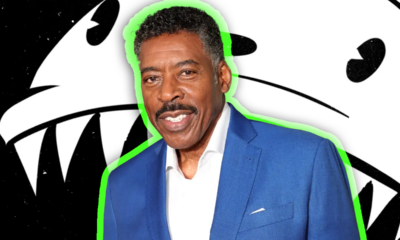

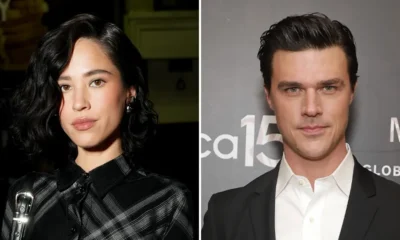























You must be logged in to post a comment Login